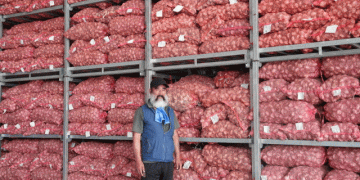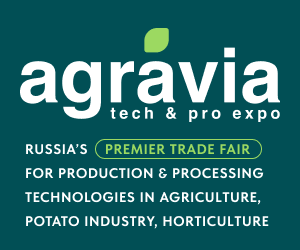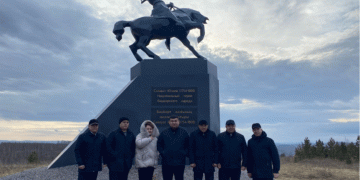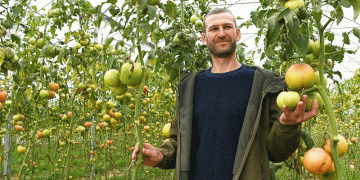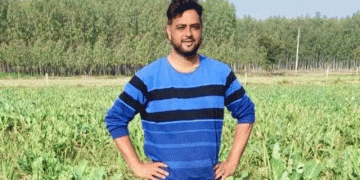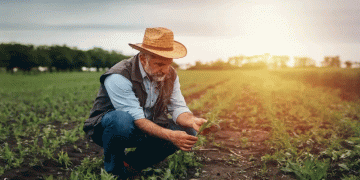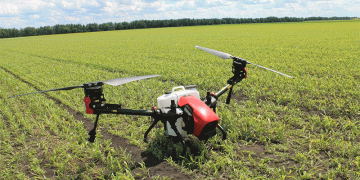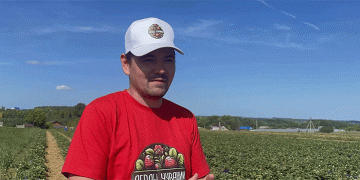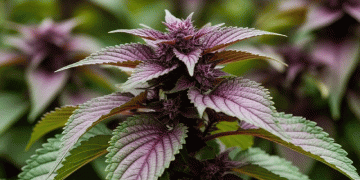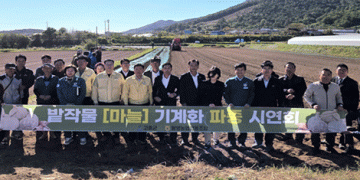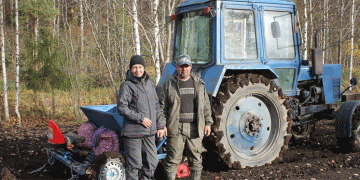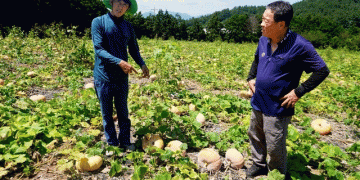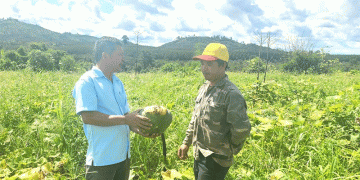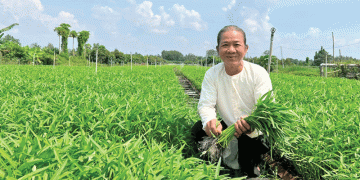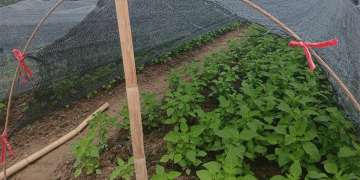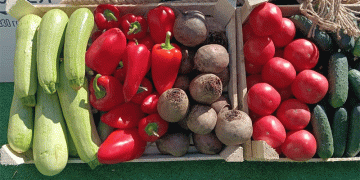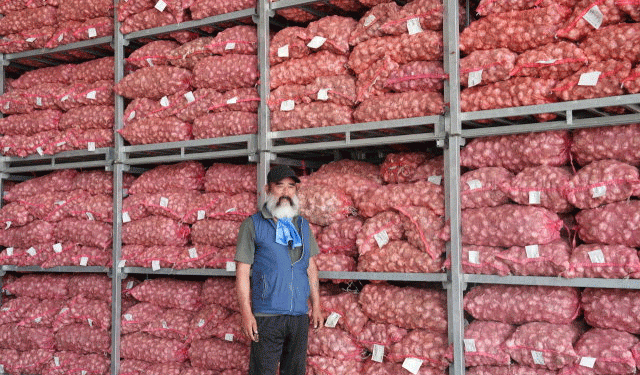Amidst scorching summer temperatures exceeding 35°C, farmers in Gongju’s Usong-myeon are harvesting Sulfur Flower Garlic (Allium sativum), a variety celebrated for its sweetness, firm texture, and exceptional shelf life. This crop has become a flagship product for the region, with annual sales surpassing 10 billion KRW (≈$7.3 million) in 2024, driven by strong consumer demand (Gongju Agricultural Cooperative, 2025).
Why Gongju’s Garlic Stands Out
The garlic’s unique quality stems from rigorous cultivation: farmers apply sulfur 6–8 times during growth to enhance flavor and disease resistance. Though labor-intensive, this process ensures premium quality, allowing Gongju to command higher market prices. Mechanization, pioneered early in Gongju, further boosts efficiency.
Government and Cooperative Support
To sustain production, Gongju City subsidizes 50% of costs for farming machinery and mulch films, while the Gongju-Sejong Horticultural Cooperative guarantees purchases, eliminating farmers’ market uncertainties. However, producers argue for expanded subsidies, citing rising input costs (e.g., fertilizers and plastics), akin to subsidies in neighboring Cheongyang County.
Market Challenges and Future Outlook
Nationwide garlic production increased by 8% in 2024 (Korea Rural Economic Institute), raising concerns about price volatility. Yet, Gongju’s focus on quality differentiation—backed by branding and strict sulfur-use protocols—positions it to withstand competition. As Chairman Yeom Man-gyu notes, “Continuous innovation in quality control and policy support will keep Gongju garlic profitable.”
Gongju Sulfur Flower Garlic exemplifies how targeted agronomic practices, mechanization, and institutional support can create a high-value crop resilient to market fluctuations. Its success offers lessons for global farmers and agri-policymakers: invest in quality, subsidize smartly, and secure supply chains.
